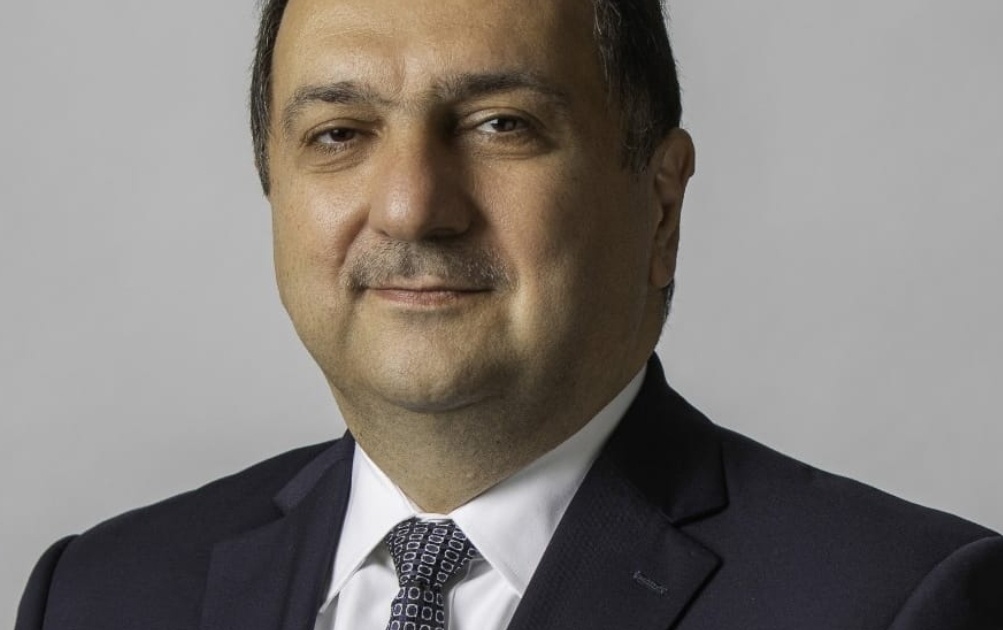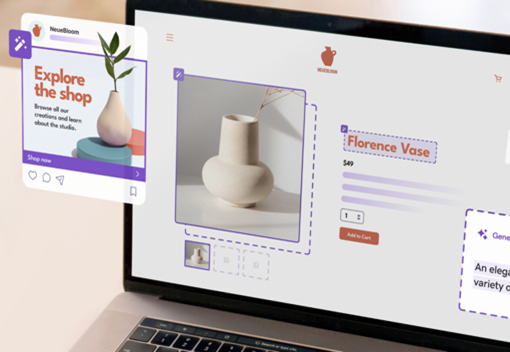Arthur D. Little (ADL) presents its latest findings, highlighting the pivotal role of Higher Education Institutions (HEIs) in fostering innovation and supporting the national agendas or visions of regional countries. Emphasizing the significant advancements in the Kingdom of Saudi Arabia (KSA) and the critical importance of HEI-led innovation hubs in driving socioeconomic development and national competitiveness, the insights also provide an overview of the innovation landscapes of the UAE and Qatar
Higher Education Institutions as Catalysts for Innovation
ADL’s analysis emphasizes the foundational role that HEIs play in advancing innovation hubs. These hubs are integral to achieving the ambitious goals outlined in national agendas or visions, which aim to transform countries into diversified, knowledge-based economies. HEI-led innovation hubs significantly contribute to national competitiveness by accelerating research and development (R&D), fostering collaboration, supporting entrepreneurship, and promoting socioeconomic development.
Dr. Raymond Khoury, Partner, Head of the Public Sector Practice at Arthur D. Little, Middle East and a member of the firm’s Global Innovation Practice, stated, “KSA is pushing the limits on the innovation front in the region. The Kingdom’s impressive advancements highlight the importance of strategic investments in education and innovation ecosystems. Our insights provide essential guidelines to help KSA harness the power of HEI-led innovation hubs to continuously drive sustainable growth and development.”
Ben Thuriaux-Alemán, Partner and a leader in Arthur D. Little Global Innovation Practice, added, “our research shows HEIs are uniquely positioned to lead innovation hubs that align with their national strategic objectives. By focusing academic research on real-world applications, and by creating places where academia-industry collaboration can thrive these institutions can deliver the boosts to economic growth that we have seen in OECD countries. This environment will undoubtedly contribute to advancing towards delivering diversified, knowledge-based economies.”
KSA: A Unique Opportunity in the Global Innovation Ecosystem
As nations acknowledge the pivotal role of innovation, the Kingdom of Saudi Arabia has a unique opportunity to address socioeconomic challenges and carve out a niche in the global innovation ecosystem. According to the 2023 Global Innovation Index (GII), KSA achieved significant advancements, ranking 48th globally and second among its Gulf Cooperation Council (GCC) peers. The Kingdom has already announced a target of SAR 60 billion (~US $16 billion) in R&D contribution to GDP by 2040. By encouraging R&D investment, stakeholder collaboration, entrepreneurship/start-ups, and talent development, innovation hubs can play a significant role in enhancing KSA’s regional and global positioning.
The UAE and Qatar: Regional Innovation Leaders
According to the 2023 GII, the United Arab Emirates topped the GCC countries, with 1.5% of gross expenditure on R&D as a percentage of GDP. The UAE was ranked 32nd globally and first in the region. There is also an opportunity for the UAE to climb higher on the global scale, with HEIs again playing a crucial role in setting the ecosystem foundation and advancing innovation hubs to achieve this goal.
Qatar, on the other hand, came third among GCC countries with 0.7% of gross expenditure on R&D as a percentage of GDP, ranking 50th globally. Similar to KSA and the UAE, the role of HEIs is paramount when it comes to enabling the supporting ecosystem and advancing innovation hubs for Qatar to advance in the innovation race.
Strategic Vision and Success Factors
The insights in ADL’s viewpoint outline key success factors for the effective development of HEI-led innovation hubs in regional countries, including:
• Strategic Vision and Leadership: Clear goals and effective leadership are essential for aligning efforts and attracting stakeholders.
• Collaborative Ecosystem: Forging partnerships with industry, government, and educational partners to foster a dynamic network for shared resources and innovation support.
• Diverse Talent Pool: Attracting and retaining a diverse pool of talented individuals to enrich the innovation ecosystem.
• Supportive Regulations: Ensuring a regulatory environment that promotes innovation through streamlined processes and R&D incentives.
• Infrastructure and Resources: Providing access to state-of-the-art facilities, technology, and resources to expedite innovation.
• Flexibility and Adaptability: Maintaining an agile approach to stay relevant in a dynamic landscape.
Advancing Vision 2030
In the context of KSA, the successful development and operation of HEI-led innovation hubs is critical for realizing the strategic objectives of Vision 2030, including nurturing an innovation and entrepreneurship culture, developing local companies into global leaders, cultivating the digital economy, attracting foreign direct investment, and increasing SME contributions to the economy.
Arthur D. Little’s insights provide a comprehensive roadmap for the successful realization of these innovation hubs, emphasizing the need for close cooperation with government entities, corporations, and entrepreneurs to achieve sustainable and impactful innovation






